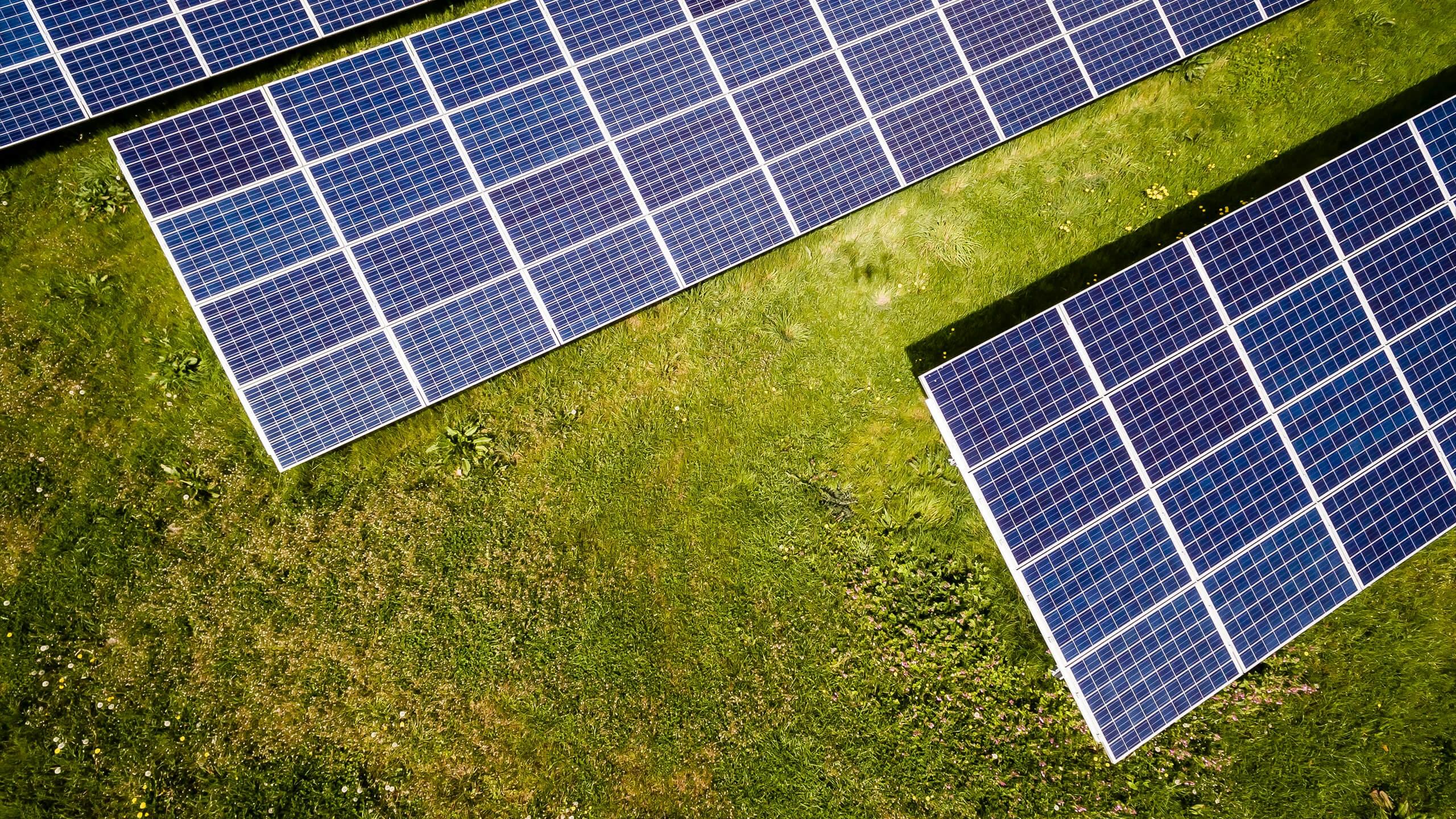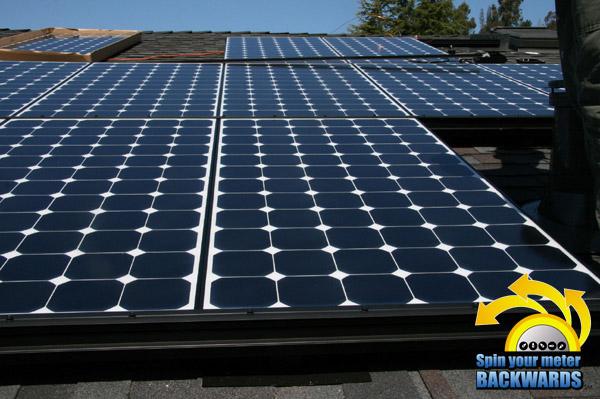In the vibrant tapestry of our modern energy landscape, the sun stands as a beacon of endless potential, casting its golden rays upon rooftops across the globe. As homeowners and businesses alike turn their eyes skyward, the decision to harness this celestial power becomes increasingly compelling. Yet, within this pursuit lies a nuanced comparison: the cost of residential solar systems versus their commercial counterparts. Just as the sun paints the sky in varying hues from dawn to dusk, so too does the financial landscape of solar energy shift between private abodes and bustling enterprises. This article delves into the intricate dynamics of solar costs, exploring the unique factors that influence each sector and illuminating the path toward a more sustainable future for both home and industry. Join us as we unravel the threads of solar economics, revealing insights that empower informed choices in the quest for renewable energy.
Understanding the Price Gap: Residential vs. Commercial Solar Systems
When comparing the costs associated with residential and commercial solar systems, several key factors come into play that can significantly impact the price gap between the two. One primary distinction is the scale of installation. Residential solar systems are generally smaller, designed to meet the energy needs of a single household. This often results in higher per-watt costs due to less bulk purchasing power and the need for customized solutions tailored to individual homes. In contrast, commercial systems benefit from economies of scale. They are typically larger and can spread the costs over more kilowatts, reducing the per-watt expense.
- Installation Complexity: Commercial projects may require more intricate designs and engineering due to larger rooftops or ground-mounted systems, but they can also offset these costs through efficiency.
- Financing Options: Businesses often have access to more robust financing solutions, including power purchase agreements (PPAs) and tax incentives, which can lower initial outlays.
- Energy Output and Savings: While both systems aim to reduce electricity bills, commercial systems often target higher energy output, optimizing return on investment over time.
These factors, among others, contribute to the noticeable price gap, making it crucial for potential buyers to consider their specific needs and the long-term benefits when choosing between residential and commercial solar systems.

Financial Incentives: How Residential and Commercial Solar Differ
When diving into the world of solar energy, understanding the financial incentives available for both residential and commercial systems can significantly impact the overall cost-effectiveness of your investment. For homeowners, incentives often include federal tax credits, state-specific rebates, and net metering programs that allow you to sell excess energy back to the grid. In contrast, commercial solar systems might benefit from more robust federal tax incentives such as the Modified Accelerated Cost Recovery System (MACRS) and investment tax credits that can drastically reduce the initial financial burden.
Key differences in financial incentives:
- Residential Solar: Primarily benefits from federal tax credits and local rebates.
- Commercial Solar: Enjoys additional advantages like MACRS, which allows for accelerated depreciation.
- Net Metering: Common in both sectors but may vary in rate and availability.

Maximizing ROI: Tailored Strategies for Homeowners and Businesses
Understanding the financial landscape of solar energy installations can significantly impact the decision-making process for both homeowners and businesses. Residential solar costs often include considerations like the size of the installation, roof type, and potential government incentives. These systems typically range from 3kW to 10kW and offer the flexibility of powering a household’s energy needs with the potential for surplus energy credits through net metering. Homeowners benefit from relatively lower upfront costs and the promise of long-term savings on energy bills. However, the return on investment can vary greatly based on geographical location, available sunlight, and local electricity rates.
On the other hand, commercial solar systems cater to a larger scale of energy consumption and are tailored to the specific needs of businesses. These installations, which can range from 50kW to several megawatts, often involve more complex planning and higher initial investments. Despite this, businesses can leverage economies of scale, tax credits, and potential power purchase agreements to offset costs. The benefits extend beyond just savings; commercial solar can enhance a company’s sustainability profile and energy independence. Key factors influencing ROI for businesses include:
- Energy demand and consumption patterns
- Availability of commercial space for installations
- Potential for integration with existing energy systems
Whether for residential or commercial purposes, investing in solar energy requires a tailored approach to maximize returns and sustainability goals.

Navigating Installation and Maintenance Costs in Solar Investments
When it comes to installing solar panels, both residential and commercial sectors face a myriad of financial considerations. Residential solar installations often benefit from lower initial costs due to their smaller scale, making them more accessible for individual homeowners. However, these systems might not have the same economies of scale that larger commercial installations enjoy. Commercial systems typically require a more substantial upfront investment, but they often yield higher returns over time due to their larger capacity and energy output.
Key factors affecting installation costs include:
- System Size: Larger systems may have a higher initial cost but can be more cost-effective in the long run.
- Location: Geographic location impacts sunlight availability and, consequently, system efficiency.
- Permitting and Regulations: Different regions have varying requirements, which can affect both residential and commercial installations.
Maintenance costs also differ significantly between the two. Residential systems generally incur lower ongoing costs due to their smaller size and simpler maintenance requirements. In contrast, commercial solar setups may involve more frequent and complex maintenance activities, potentially requiring specialized technicians. This difference in scale necessitates a more strategic approach to budgeting for long-term upkeep.
Future Outlook
As we close the chapter on the intricate dance between residential solar costs and their commercial counterparts, it becomes clear that the sun’s energy casts a different light on each. Both paths offer unique advantages and challenges, tailored to meet distinct needs and scales. Whether it’s the individual homeowner seeking sustainability and savings, or the expansive commercial enterprise aiming for efficiency and economic advantage, the choice ultimately reflects a broader commitment to a brighter, more sustainable future. As technology advances and costs continue to evolve, the landscape of solar energy will undoubtedly shift, illuminating new opportunities and considerations. Until then, the sun remains a steadfast ally, shining equally on rooftops big and small, waiting to be harnessed by those ready to embrace its potential.

































